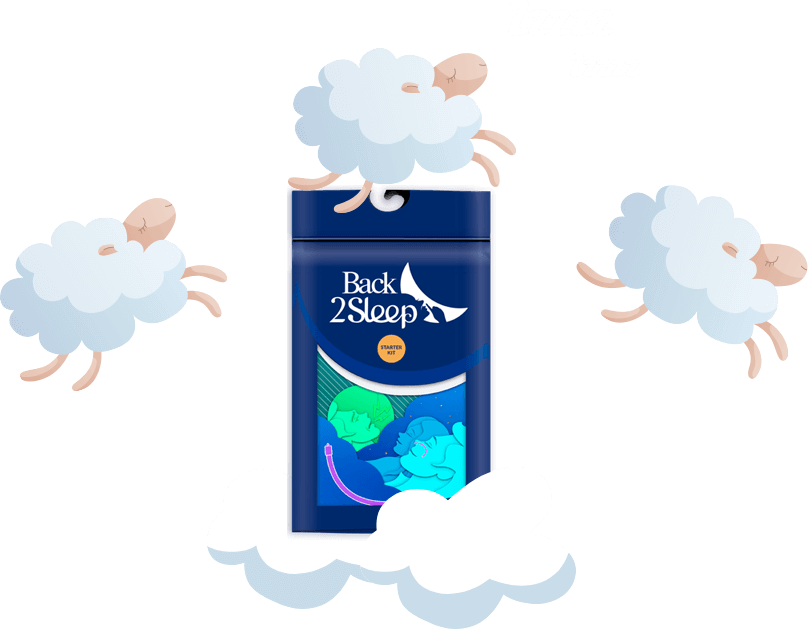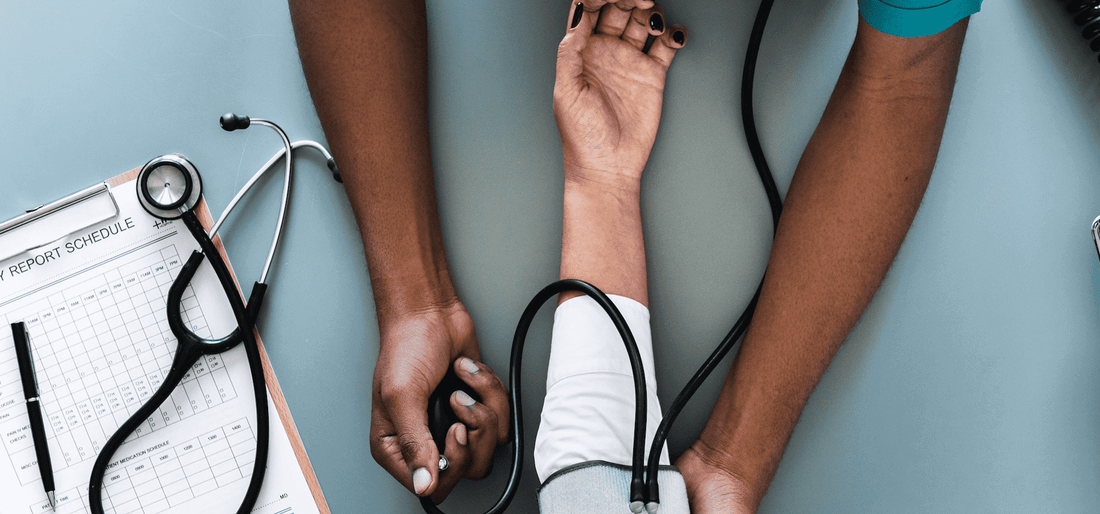Berlin Questionnaire: Complete Guide to Sleep Apnea Risk Assessment
Wondering if your snoring, daytime fatigue, or breathing pauses signal obstructive sleep apnea? The Berlin Questionnaire offers a simple, validated self-assessment tool that identifies high-risk individuals through evidence-based questions about snoring patterns, excessive sleepiness, and cardiovascular factors—guiding you toward proper diagnosis and effective treatment solutions.
If you're experiencing chronic loud snoring, witnessed breathing pauses during sleep, or overwhelming daytime drowsiness despite adequate sleep time, you may be at risk for obstructive sleep apnea syndrome (OSA)—a serious but treatable condition affecting millions worldwide. The Berlin Questionnaire provides a quick, scientifically validated screening method that evaluates your symptoms across three critical categories: snoring and apnea patterns, daytime fatigue levels, and cardiovascular risk factors including hypertension and obesity. While this self-assessment cannot definitively diagnose OSA, a positive result (indicating high risk in 2-3 categories) signals the need for professional medical evaluation through polysomnography or ventilatory polygraphy. For confirmed mild-to-moderate cases, innovative solutions like the Back2Sleep intranasal orthosis offer effective, non-invasive treatment that maintains airway patency throughout the night.
Understanding how the Berlin Questionnaire works and what your results mean empowers you to take the first critical step toward addressing potentially life-threatening sleep breathing disorders before serious health complications develop.
Berlin Questionnaire: Quick Reference Guide
| Key Component | What It Assesses |
|---|---|
| Purpose | Self-assessment screening tool to detect risk of obstructive sleep apnea syndrome (OSA) |
| Category 1: Snoring & Apneas | Evaluates presence, frequency, and severity of snoring; witnessed breathing pauses; upper airway obstruction signs |
| Category 2: Fatigue/Sleepiness | Measures excessive daytime drowsiness indicating nocturnal breathing disorders disrupting restorative sleep |
| Category 3: Cardiovascular Risk | Identifies hypertension and obesity (BMI >30) as OSA-associated risk factors |
| High-Risk Result | Positive scores in 2 or 3 categories indicate elevated OSA probability requiring medical evaluation |
| Important Limitation | Does NOT provide definitive diagnosis—professional sleep study necessary for confirmation |
| Next Steps | Polysomnography or ventilatory polygraphy for accurate diagnosis; treatment if OSA confirmed |
| Treatment Options | CPAP therapy, oral appliances, intranasal devices (Back2Sleep), lifestyle modifications, surgery in severe cases |
Understanding the Berlin Questionnaire: Origins and Purpose
The Berlin Questionnaire emerged from the 1996 Conference on Sleep in Primary Care held in Berlin, Germany, where sleep medicine experts recognized the urgent need for a simple, accessible screening tool that primary care physicians could use to identify patients at risk for obstructive sleep apnea syndrome.
Since its development, this validated self-assessment instrument has become one of the most widely used OSA screening questionnaires globally, implemented in clinical settings, research studies, and public health initiatives across dozens of countries.
Why OSA Screening Matters
Obstructive sleep apnea affects an estimated 25-30% of adult males and 9-17% of adult females in Western populations, yet the vast majority of cases remain undiagnosed and untreated. This "silent epidemic" carries serious health consequences:
Cardiovascular Disease: Untreated OSA increases risks of hypertension, heart failure, atrial fibrillation, stroke, and myocardial infarction by 2-4 times.
Cognitive Impairment: Chronic sleep fragmentation causes memory problems, reduced concentration, slower reaction times, and increased dementia risk.
Metabolic Dysfunction: OSA promotes insulin resistance, type 2 diabetes development, metabolic syndrome, and difficulty losing weight despite diet efforts.
Accident Risk: Excessive daytime sleepiness increases motor vehicle crash risk by 2-7 times and workplace injury rates significantly.
The Berlin Questionnaire's primary value lies in its ability to identify high-risk individuals who warrant comprehensive diagnostic evaluation, ensuring those most likely to have OSA receive timely treatment that can prevent these serious complications.

Obstructive Sleep Apnea: Critical Statistics
How the Berlin Questionnaire Works: Three Critical Categories
Category 1: Snoring Patterns and Breathing Pauses
The Berlin Questionnaire begins by systematically evaluating snoring behavior—the most common and visible symptom of upper airway obstruction during sleep. This category contains five targeted questions designed to assess both the frequency and severity of snoring plus the presence of witnessed apneas.
Specific Questions in Category 1:
Snoring Frequency: Do you snore? If yes, how often—nearly every day, 3-4 times per week, 1-2 times per week, 1-2 times per month, never/nearly never?
Snoring Loudness: How loud is your snoring? Slightly louder than breathing, as loud as talking, louder than talking, or extremely loud (heard through closed doors)?
Partner Disturbance: Has your snoring ever bothered other people sleeping nearby or in adjacent rooms?
Witnessed Apneas: Has anyone observed you stop breathing during sleep? If yes, how often does this occur?
Fatigue Level: How often do you feel tired or fatigued after sleeping? Nearly every day, 3-4 times weekly, 1-2 times weekly, 1-2 times monthly, or never?
💡 Why These Questions Matter:
Frequent, loud snoring combined with witnessed breathing pauses represents the hallmark symptom pattern of obstructive sleep apnea. During apnea episodes, your upper airway completely or partially collapses, temporarily blocking airflow for 10+ seconds. Your brain detects the resulting oxygen desaturation and briefly arouses you from sleep (often without conscious awareness) to reopen the airway and resume breathing.
This repetitive cycle of obstruction → arousal → breathing resumption → falling back asleep → obstruction can occur dozens or even hundreds of times per night in severe cases, fragmenting sleep architecture and preventing restorative deep sleep stages.
Category 1 is considered positive if you answer affirmatively to persistent snoring (nearly daily or 3-4 times weekly) plus either loud snoring intensity OR witnessed breathing pauses. This scoring reflects the clinical reality that while not all snorers have OSA, the combination of frequent loud snoring with apneas dramatically increases OSA probability.

Category 2: Excessive Daytime Fatigue and Sleepiness
The second assessment category focuses on excessive daytime sleepiness (EDS)—a cardinal symptom of obstructive sleep apnea that profoundly impacts quality of life, work performance, safety, and overall functioning. This section contains four questions evaluating your alertness levels and tendency to doze during waking hours.
Key Questions in Category 2:
- Morning unrefreshed feeling: How often do you wake up feeling tired, fatigued, or not rested despite spending adequate time in bed? Nearly daily, 3-4 times weekly, 1-2 times weekly, 1-2 times monthly, never/nearly never?
- Daytime fatigue/lack of energy: During waking hours, do you feel tired, fatigued, or lacking energy? Same frequency options as above.
- Nodding off while driving: Have you ever nodded off or fallen asleep while driving a vehicle? If yes, how frequently does this occur?
- Falling asleep during activities: Do you doze off or fall asleep during typically engaging activities like meetings, conversations, or meals?
⚠️ Why Daytime Sleepiness Signals OSA:
When sleep apnea causes repeated micro-awakenings throughout the night (often 5-30+ times per hour in moderate-to-severe cases), your brain never achieves or maintains the deep slow-wave sleep and REM sleep stages essential for physical restoration, memory consolidation, and emotional regulation.
The result is "non-restorative sleep"—you may spend 7-9 hours in bed but wake feeling as exhausted as if you'd only slept 3-4 hours. This chronic sleep deprivation accumulates over time, manifesting as:
• Overwhelming sleepiness during sedentary activities (reading, watching TV)
• Inability to stay awake in meetings, classes, or while passengers in vehicles
• Dangerous drowsiness while driving—a major cause of traffic accidents
• "Sleep attacks" where you fall asleep involuntarily despite trying to stay awake
Category 2 scores positive if you report persistent tiredness upon waking (nearly daily or 3-4 times weekly) OR frequent daytime fatigue/drowsiness OR any history of falling asleep while driving. The driving question receives special weight because drowsy driving represents a critical safety concern requiring immediate medical attention regardless of other symptoms.
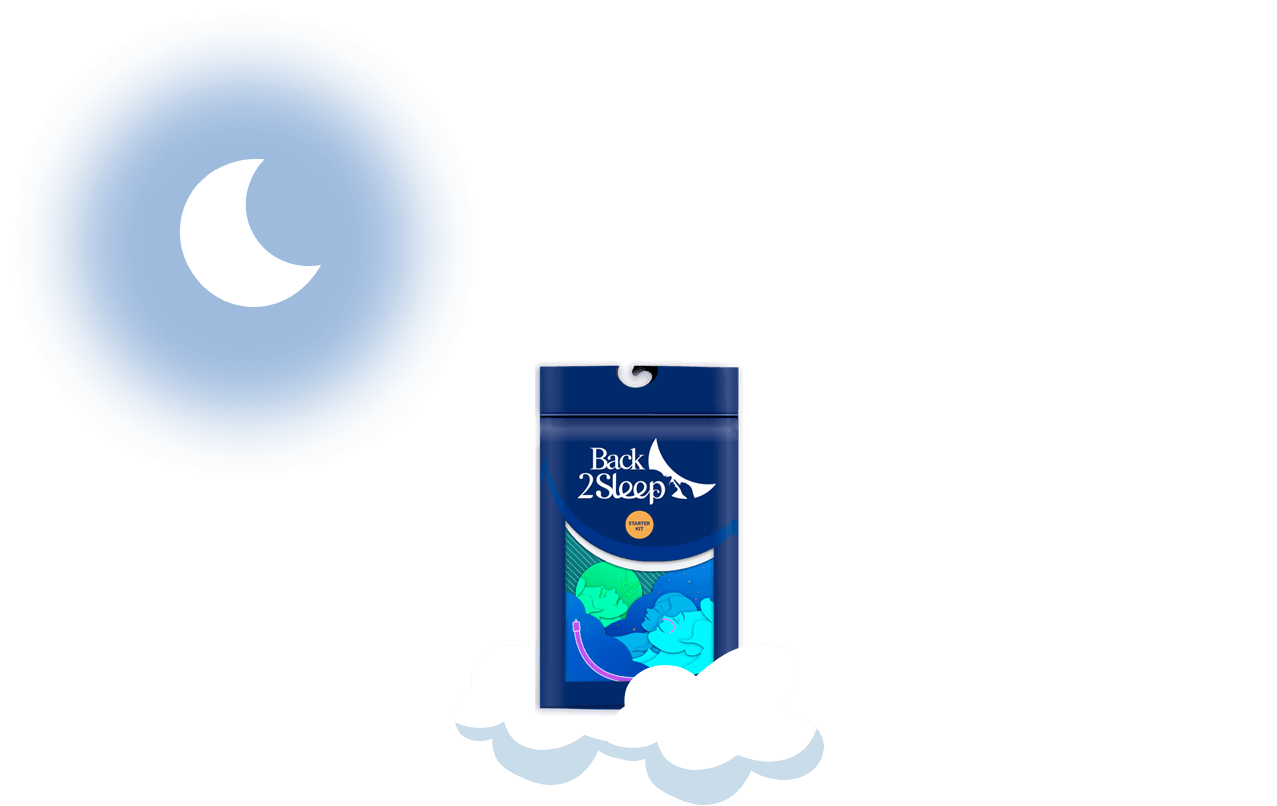
Category 3: Hypertension and Obesity Assessment
The final Berlin Questionnaire category evaluates cardiovascular and metabolic risk factors that both increase OSA likelihood and represent consequences of untreated sleep apnea. This bidirectional relationship makes these factors particularly important for risk stratification.
Components of Category 3:
Hypertension Status: Do you have high blood pressure (diagnosed by a physician)? Have you been prescribed blood pressure medications? Hypertension affects 30-50% of OSA patients.
Body Mass Index (BMI): Calculate using weight (kg) ÷ height² (m). BMI >30 kg/m² indicates obesity, a major OSA risk factor.
The OSA-Hypertension Connection: Research demonstrates that 50-60% of OSA patients have hypertension, and conversely, 30-40% of hypertensive patients have undiagnosed OSA. The mechanisms linking these conditions include:
- Sympathetic nervous system activation: Repeated oxygen desaturations trigger stress hormone surges that raise blood pressure
- Oxidative stress and inflammation: Chronic intermittent hypoxia damages blood vessel walls, promoting hypertension development
- Baroreceptor dysfunction: OSA impairs blood pressure regulation mechanisms
- Endothelial dysfunction: Reduced nitric oxide availability compromises blood vessel dilation
The OSA-Obesity Relationship: Excess body weight, particularly central (abdominal) obesity, increases OSA risk through multiple pathways:
- Mechanical airway narrowing: Fat deposits in neck tissues compress and narrow the upper airway
- Reduced lung capacity: Abdominal fat restricts diaphragm movement, decreasing functional residual capacity
- Inflammatory effects: Adipose tissue produces inflammatory cytokines affecting airway tissue
- Bidirectional causation: OSA promotes weight gain through sleep disruption, hormonal changes (decreased leptin, increased ghrelin), and reduced physical activity due to fatigue
💡 Category 3 Scoring:
This section is considered positive if you have diagnosed hypertension OR BMI >30 kg/m². Either factor alone qualifies because both substantially increase OSA probability and indicate need for comprehensive evaluation.
Notably, neck circumference (>43 cm in men, >40 cm in women) represents an even stronger OSA predictor than BMI but isn't included in the standard Berlin Questionnaire. If you have a large neck circumference despite normal BMI, mention this to your physician during evaluation.
Why Back2Sleep Offers Superior OSA Treatment
Non-Invasive Comfort
Medical-grade silicone device that's far more comfortable than CPAP masks—no straps, no noise, no bulky equipment disrupting sleep.
Clinically Validated
CE-certified medical device with documented effectiveness for mild-to-moderate OSA—92% user satisfaction rate with immediate results.
Travel-Friendly Design
Compact and portable solution that fits in your pocket—maintain treatment consistency during business trips and vacations without CPAP hassles.
Cost-Effective Solution
Affordable alternative to expensive CPAP machines and ongoing supplies—subscription options starting at €35/month with free delivery.

Interpreting Your Berlin Questionnaire Results: What Scores Mean
After completing all three categories, your results require systematic interpretation to determine whether you're at high or low risk for obstructive sleep apnea syndrome. The scoring methodology reflects evidence-based risk stratification validated across diverse patient populations.
Risk Classification System
✅ HIGH RISK for OSA (requires medical evaluation):
You score positive (meet criteria) in 2 or 3 categories
This result indicates substantial probability of having obstructive sleep apnea requiring comprehensive diagnostic workup through polysomnography or ventilatory polygraphy. Do not ignore this finding—untreated OSA leads to serious health consequences including cardiovascular disease, metabolic disorders, cognitive impairment, and accident risk.
⚠️ LOW RISK for OSA (but not ruled out):
You score positive in 0 or 1 category
This result suggests lower OSA probability, but does NOT definitively exclude the diagnosis. If you have persistent symptoms causing concern (excessive daytime sleepiness, witnessed apneas, unrefreshing sleep), discuss evaluation with your physician regardless of Berlin Questionnaire score. The questionnaire has limitations and may miss some cases, particularly in women, younger individuals, or those with predominantly central (rather than obstructive) apnea.
Understanding the Statistical Performance
Clinical validation studies examining the Berlin Questionnaire's diagnostic accuracy report:
These statistics mean that while the questionnaire performs well as a screening tool, it's not perfect. Approximately 24% of OSA cases may receive low-risk scores (false negatives), and 23% of high-risk scores won't have OSA upon diagnostic testing (false positives). This underscores why the Berlin Questionnaire guides clinical decision-making but cannot replace definitive diagnostic testing.

Important Limitations and Precautions: What the Questionnaire Can't Tell You
While the Berlin Questionnaire serves as a valuable first-line screening instrument, understanding its inherent limitations and appropriate use prevents misinterpretation and ensures proper follow-up care.
Key Limitations to Recognize
Not Diagnostic: The questionnaire identifies risk but cannot diagnose OSA—only polysomnography or ventilatory polygraphy provide definitive diagnosis with severity grading (mild/moderate/severe).
Self-Reported Data: Relies on subjective symptom awareness—many people don't know they snore or have apneas without bed partner input, potentially underestimating risk.
Gender Bias: Originally validated primarily in male populations; sensitivity may be lower in women who present with atypical symptoms like insomnia rather than classic snoring/apneas.
Central Apnea Limitation: Designed for obstructive sleep apnea detection; may miss central sleep apnea where breathing stops due to brain signal problems rather than airway obstruction.
No Severity Assessment: Cannot differentiate mild OSA (5-14 apneas/hour) from severe OSA (30+ apneas/hour)—both may score as high risk despite vastly different treatment urgency.
Sleep Partner Required: Many questions require observation by bed partner about snoring/apneas; people sleeping alone may struggle to answer accurately without recording devices.
When to Seek Evaluation Regardless of Score
Consult a sleep specialist even with low-risk score if you experience:
🚨 Witnessed apneas or gasping: Partner reports you stop breathing or gasp for air during sleep
🚨 Excessive daytime sleepiness: Overwhelming drowsiness despite adequate sleep time, falling asleep unintentionally
🚨 Morning symptoms: Waking with headaches, dry mouth, sore throat, or feeling unrested
🚨 Cardiovascular concerns: Resistant hypertension, atrial fibrillation, heart failure, or stroke history
🚨 Metabolic issues: Type 2 diabetes, especially if poorly controlled despite medication compliance
🚨 Cognitive changes: Memory problems, concentration difficulties, mood alterations
Trust your symptoms and clinical judgment—the questionnaire is a screening tool, not a gatekeeper. If something feels wrong with your sleep, pursue evaluation through proper medical channels.
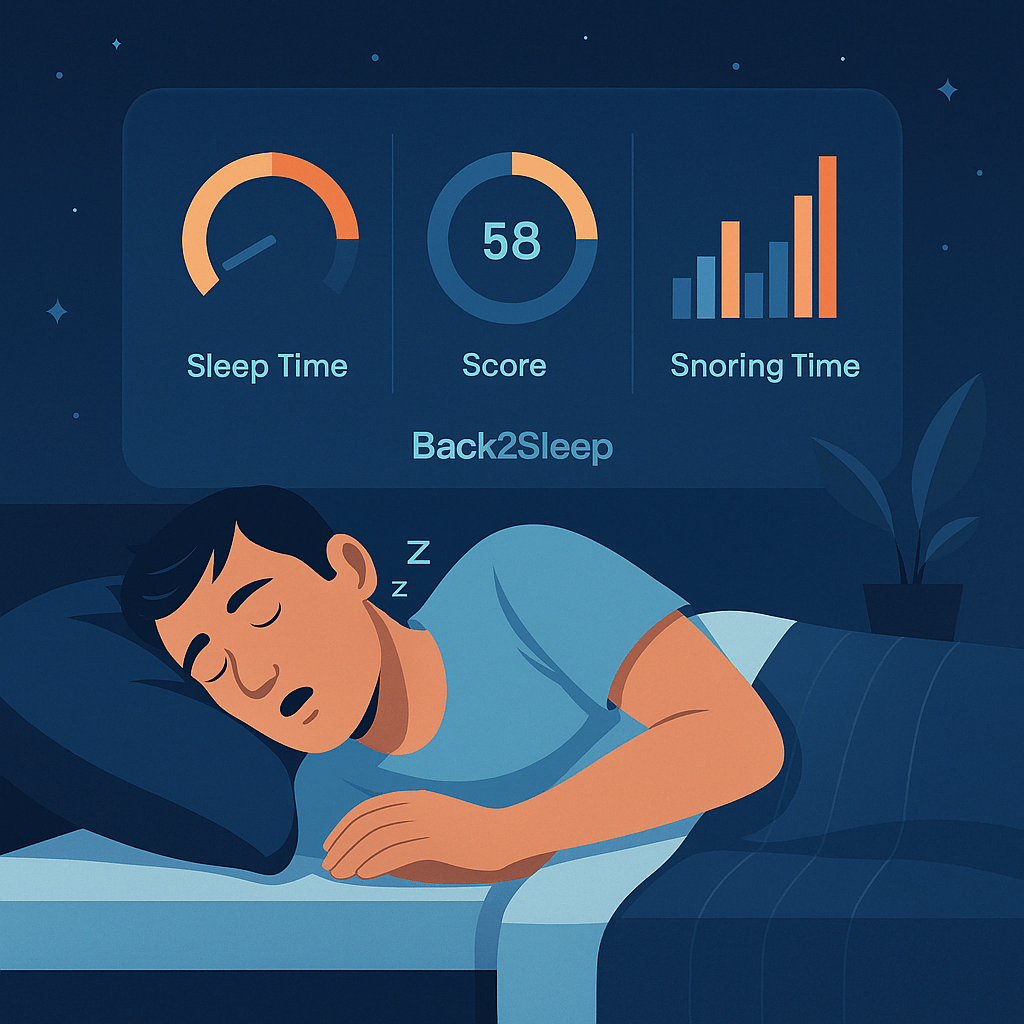
Beyond Screening: Definitive Diagnostic Tests for Sleep Apnea
A high-risk Berlin Questionnaire result signals the need for objective diagnostic testing that accurately confirms or rules out OSA while quantifying severity to guide treatment selection. Several validated testing modalities exist.
Polysomnography: The Gold Standard
In-laboratory polysomnography (PSG) represents the most comprehensive sleep study, conducted overnight in a specialized sleep center where trained technologists monitor you throughout the night using sophisticated equipment.
Parameters recorded during PSG include:
- Brain activity (EEG): Identifies sleep stages (light, deep, REM) and micro-awakenings
- Eye movements (EOG): Detects REM sleep and sleep onset
- Muscle activity (EMG): Monitors chin and leg movements
- Respiratory effort: Chest and abdominal movement sensors detect breathing attempts
- Airflow: Nasal/oral sensors measure actual breathing
- Oxygen saturation: Pulse oximetry tracks blood oxygen levels
- Heart rate/ECG: Monitors cardiac activity
- Body position: Documents sleep posture
- Snoring: Audio recording of snoring intensity
Results quantify: Total number of apneas (complete breathing cessation) and hypopneas (partial airflow reduction) per hour of sleep, reported as the Apnea-Hypopnea Index (AHI):
- Normal: AHI <5 events/hour
- Mild OSA: AHI 5-14 events/hour
- Moderate OSA: AHI 15-29 events/hour
- Severe OSA: AHI ≥30 events/hour
Home Sleep Apnea Testing (HSAT)
Ventilatory polygraphy, also called home sleep apnea testing, offers a more convenient alternative performed in your own bedroom. A portable device records:
- Nasal airflow
- Respiratory effort (chest/abdomen movement)
- Oxygen saturation
- Heart rate
- Body position
- Snoring sounds
Advantages: Lower cost, greater convenience, sleeping in your natural environment. Limitations: Less comprehensive than PSG (doesn't record brain activity/sleep staging), may underestimate AHI severity, not suitable for complex cases or non-OSA sleep disorders. Learn more about ventilatory polygraphy testing.
Supplementary Assessments
Epworth Sleepiness Scale (ESS): Validated questionnaire measuring daytime sleepiness severity on 0-24 scale. Scores >10 indicate excessive sleepiness warranting investigation.
Sleep diary: Two-week log recording bedtime, wake time, sleep quality, daytime naps, and symptoms providing valuable context for diagnosis.
STOP-BANG questionnaire: Alternative brief screening tool asking about Snoring, Tiredness, Observed apneas, blood Pressure, BMI, Age, Neck circumference, and Gender. Scores ≥3 indicate high OSA risk.
Treatment Solutions When OSA Is Diagnosed
Following confirmed OSA diagnosis, multiple evidence-based treatment approaches exist, with selection depending on severity level, anatomical factors, patient preferences, and coexisting conditions.
Back2Sleep Intranasal Orthosis: Innovative First-Line Option
For individuals with mild-to-moderate OSA, the Back2Sleep intranasal orthosis offers an effective, comfortable alternative to traditional CPAP therapy.
How it works: This medical-grade soft silicone device inserts into one nostril, with the distal end reaching the soft palate area where most obstructive apneas occur. By physically stenting the airway open, it prevents the soft tissue collapse that causes breathing cessation.
Key advantages:
- 92% user satisfaction rate with documented effectiveness from night one
- No external equipment—no masks, straps, tubing, or machines
- Silent operation—no noise disturbing you or your partner
- Travel-friendly—compact size fits in pocket or small case
- Position-independent—works in any sleep position
- Cost-effective—significantly less expensive than CPAP equipment
- Easy maintenance—simple cleaning, monthly replacement
Other Treatment Modalities
CPAP (Continuous Positive Airway Pressure): Gold standard for moderate-to-severe OSA. Machine delivers pressurized air through mask, pneumatically splinting airways open. Highly effective but compliance challenges due to discomfort, noise, claustrophobia. Requires electricity, regular equipment maintenance.
Oral appliances: Custom-fitted dental devices repositioning lower jaw forward to enlarge airway space. Effective for mild-moderate OSA and snoring. Requires dental expertise for fitting, may cause jaw discomfort or bite changes.
Positional therapy: Devices/techniques preventing supine (back) sleeping for position-dependent OSA. Lower cost but only effective if apneas occur primarily while supine.
Lifestyle modifications: Weight loss (10% body weight reduction can improve AHI by 25-30%), alcohol/sedative avoidance, smoking cessation, sleep hygiene optimization. Essential adjunct to device therapy.
Surgical options: Various procedures (UPPP, tonsillectomy, maxillomandibular advancement, hypoglossal nerve stimulation) for specific anatomical causes. Reserved for device therapy failures or specific indications.
Frequently Asked Questions About the Berlin Questionnaire
Real Experiences: From Screening to Successful Treatment
"The Berlin Questionnaire revealed I was high-risk—I scored positive in all three categories. My sleep study confirmed severe OSA with AHI of 38. After trying CPAP for two months with terrible compliance, I switched to Back2Sleep and it's been life-changing. I actually use it every night!"
"I took the questionnaire during a routine checkup. High-risk score led to sleep study showing moderate OSA. My cardiologist said this likely explained my resistant hypertension. Three months on Back2Sleep, my blood pressure dropped 15 points without medication changes."
"My wife insisted I complete the Berlin Questionnaire after reading about sleep apnea risks. I scored high-risk, got diagnosed with mild OSA, and started using Back2Sleep. The device is so comfortable I forget I'm wearing it. My daytime energy has improved dramatically."
"Initially scored low-risk on Berlin Questionnaire, but my excessive daytime sleepiness persisted. Thankfully my doctor ordered a sleep study anyway—turned out I had moderate OSA despite the questionnaire result. Shows the importance of clinical judgment beyond screening tools."
Take Control of Your Sleep Health Today
The Berlin Questionnaire represents your first step toward identifying and addressing potentially serious sleep breathing disorders. If your results indicate high OSA risk, don't delay seeking professional evaluation—early diagnosis and treatment prevent the cardiovascular, metabolic, and cognitive complications that develop from years of untreated apnea.
For confirmed mild-to-moderate OSA cases, the Back2Sleep intranasal orthosis offers an effective, comfortable alternative to CPAP therapy with 92% user satisfaction and immediate results. Explore our comprehensive sleep health resources for more evidence-based information, or contact our sleep specialists for personalized guidance on your diagnostic and treatment journey.
